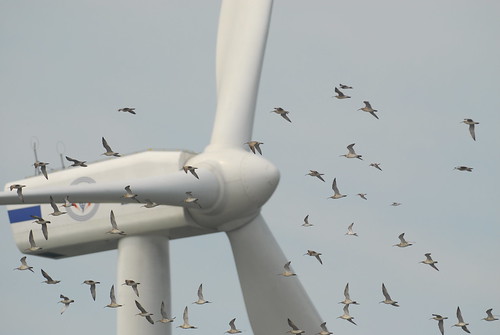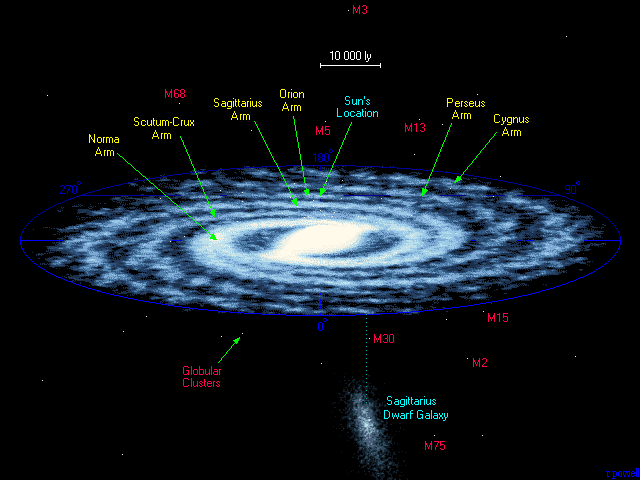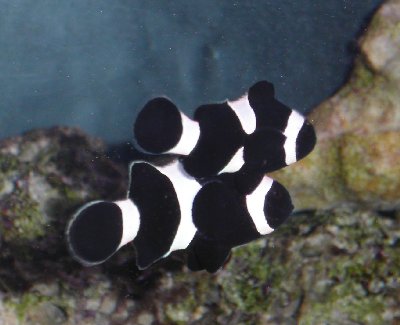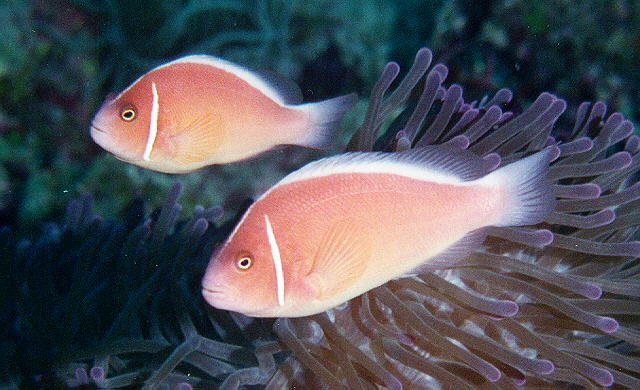Wind is another good alternative for fossil fuel as a source of energy. There have been many technologies created to convert the force and power of wind into useful electrical or mechanical energy. Sometimes, wind power system is coupled with solar power in a hybrid system to have more efficient, reliable and steady source of energy. Though wind energy appears to be pollution-free and unlimited source of energy, it has many disadvantages that make it unappreciated by many. Here are some of the major disadvantages of wind energy.
Area. Wind turbines are large engineering structures. A single turbine may be inadequate to provide the power requirement of consumers, especially for large communities like an entire town, that construction of tens or hundreds of them would be necessary. Worse, wind turbines must be properly spaced from each other due to the turbulence they created, as well as to ensure that each receives sufficient wind. With the idea of putting up several farms, otherwise known as wind farm, and of correctly spacing them from each other would necessitate a great stretch of land.
Location. The success of wind turbines lies on the abundance of wind. Hence, wind energy is site-specific or that not all areas are suitable for wind turbines that can supply enough electricity. Prevailing wind speed for a particular place must meet the requirements for the design of wind turbine. Accordingly, wind turbines tend to start up after 3-5 meters per second (6.7-11.2 mph), yet gives off less power output when speed goes above about 25 meters per second (56 mph). Moreover, wind turbines are best constructed on areas with high elevation and along coastlines where wind is relatively strong. Recently, some wind turbines have been put up right on the seas where breeze is much more favorable for power generation. Wind farms also need to be located reasonably near the area where the energy is used, to minimize loss in the energy transmission process.
Undependability factor. Wind turbines can only generate electricity when its blades or propellers are turned. In order to do this, there should be a steady stream of wind. But wind is not predictable and is not sufficiently available throughout the day. Its strength may vary from none to being violent. To compensate for this, the most appropriate design and construction must be considered which may consequently affect cost.
Uncontrollable. Unlike hydropower, wind energy is not a fixed resource. No one can control the wind supply and speed. It is intermittent and it just turns off and on anytime. Every other source of energy can be controlled, you can control your diesel and fuel generator, you can control your solar generator but it is impossible to control a wind generator. Hence, there should be other energy supplies if we want abundant electrical power. No matter how many turbines we construct, we cannot entire rely on wind turbines to provide the load. Even the wind turbine itself is uncontrollable. During heavy storms, propellers have great tendency to break off from the tower of the wind turbine. Moreover, wind energy cannot be also stored, especially on a large scale. Power plants are simply switched on if demands decrease, and they are eased off when demand drops.
Cost . The amount of construction and land acquisition involves large amounts of resources. Wind turbine and facilities cost a lost to fabricate. Since providing enough electricity requires large areas, costs will therefore escalate. Moreover, coastlines, a great location for wind turbines, are expensive personal properties, and not everyone can afford it, let alone a wind turbine.
Efficiency. According to Froude momentum theory, the maximum energy or power recoverable from wind is only 16/27 or 0.593 times its kinetic energy. Of this available energy, the amount that is actually utilized depends upon the aerodynamic efficiency of the blades, the friction losses in gearing, power transmission, wind velocity gradient due to ground effects, vibration dampening and other factors. In other words, efficiency of wind turbines can never exceed 59.30%.
Environmental Impact. There are reports that wind turbines kill birds, especially migratory birds. With the speed and length of propellers, which may extend to at least 100 feet, wind turbines potentially pose threats to birds. Others tell that the hum of the propellers is like an attraction to the birds since they like strong wind, and thus, they are lured into flying to them and eventually get killed. More recently, it is discovered that wind turbines can make bats’ lungs explode. Likewise, with the idea of constructing wind turbines on seas, marine life and ecosystem on surrounding waters will be destroyed and threatened during and after construction. Lastly, others claim that wind turbines interfere radio and television signals.

Noise Pollution. Propellers when turned are very noisy. A wind generator makes a low, swooshing sound every hour each day. Many describe it as something similar to the hum of a small jet engine. Imagine many wind turbines creating such sound in a wind farm. That would be a lot of noise!
Aesthetics. Beauty is relative. Some may find a large expanse of land with wind turbines to be beautiful and picturesque, yet others might feel an eyesore or sees it as unsightly and boring. On small-scale, a relatively large wind turbine may not at all enhance the attractiveness of the yard.
Land Use Consideration. Like aesthetics, this is not a scientific or engineering problem but certainly a big issue. Construction of wind turbines will really change the “shape” of land. For some people, they feel the countryside should be left intact for everyone to enjoy its beauty, while for others, economic considerations despite the change in nature must be thought over.
See what others have to say about "Ten Major Disadvantages of Wind Energy."


















